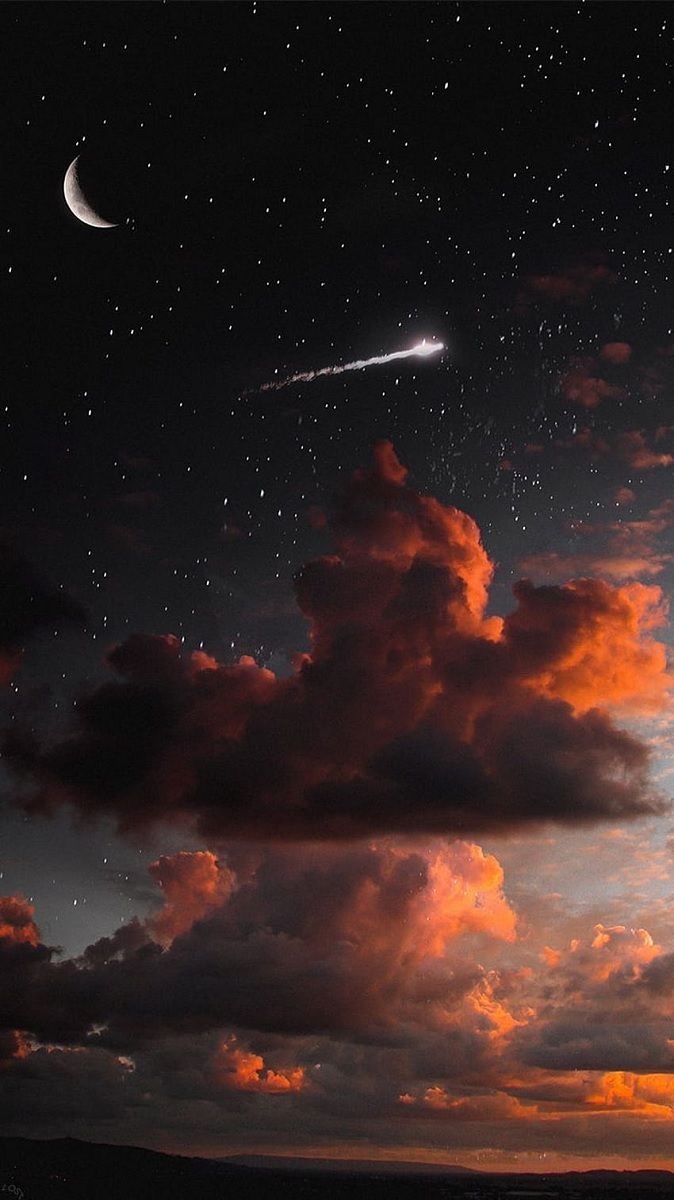
All about the night of St Lawrence From the origin of the shooting star myth to events planned in Italy for Aug. 10
Every year on August 10, we wait impatiently for nightfall and turn our eyes to the sky in the hope of seeing a shooting star through which all our dreams will come true if we make a wish. It's a habit, a ritual that happens every summer. Maybe it's because we wish for a little magic in our lives, or maybe it's because the darkness illuminated by so many little flashes makes us rediscover the beauty of the sky with its infinite possibilities. But what do we really know about the night of St Lawrence?
Why it is called St Lawrence's Night
Popular folklore associates the astral phenomenon with the martyrdom of St Lawrence, who was burnt alive on a grate in 258 under Emperor Valerian. According to legend, the shape of the shooting stars reminds us either of the burning embers that led to his death, or of his tears.
What are shooting stars?
What we commonly call shooting stars are not actually stars, but meteors. More specifically, what we see on 10 August is debris from Comet Swift Tutle, which passes very close to the Sun around this time every year, releasing glowing fragments whose dust burns up on contact with the atmosphere, leaving a trail in the sky. Astronomers call these meteors Perseids because of their proximity to the constellation Perseus, while the Romans interpreted the phenomenon as a propitiatory rain sent by the god Priapus to fertilise the fields.
Why do we make a wish when we observe shooting stars?
The reason for the custom of making a wish every time we see a shooting star is hidden in the etymology of the word wish. The word comes from the Latin "desiderium"," meaning "lack of stars" In ancient times, wanderers and sailors relied on the stars in the sky for guidance and wished that they would find their destination or their way home. As in astrology, it has always been believed that people's fate is written in the stars. So when a star falls, it is as if that destiny is no longer written and you have a chance to change your future. For this reason, people who see a shooting star make a wish.
When to watch shooting stars
August 10 is not always the best time to see shooting stars. In 2023, the peak of the phenomenon will be between 10 p.m. on August 12 and 4 a.m. on August 13, when Earth's orbit overlaps more with the Perseid meteor shower. At this time, it is easiest to make a wish and dream of it coming true when looking at the celestial vault.
The events of 10 August 2023 in Italy
The most favourable condition to see the stars is darkness. Those who can should therefore escape the city lights and spend time in meadows, beaches, parks and hills, or take advantage of one of the many observatories scattered around the peninsula. Alternatively, you can choose one of the many events organised in Italy for the night of San Lorenzo 2023. A few examples?
- Palermo: At the Sanlorenzo Market on 10 August, there will be live music and, in collaboration with the Inaf-Osservatorio Astronomico di Palermo, the chance to observe the sky with astronomer Roberta Giuffrida thanks to a special telescope.
- Lucca: On the night of San Lorenzo 2023, the historic walls of Lucca will be the setting for E lucevan le stelle, filled with opera music on the scores of Lucca's great composers such as Puccini in primis. Exhibitions and costumed characters are planned. For the occasion, the Guinigi Tower and the Tower of the Hours will also be open in the evening hours.
- Genoa: The Righi Astronomical Observatory will offer three guided tours at 9:30pm, 10:30pm and 11:30pm for the night of the shooting stars, as well as planetarium entertainment, constellation identification and telescope viewing.



























































